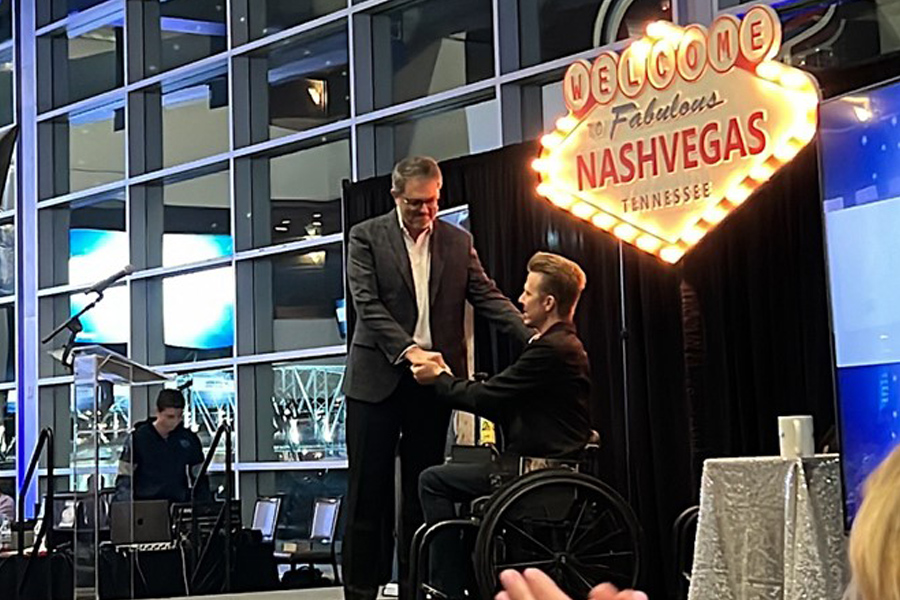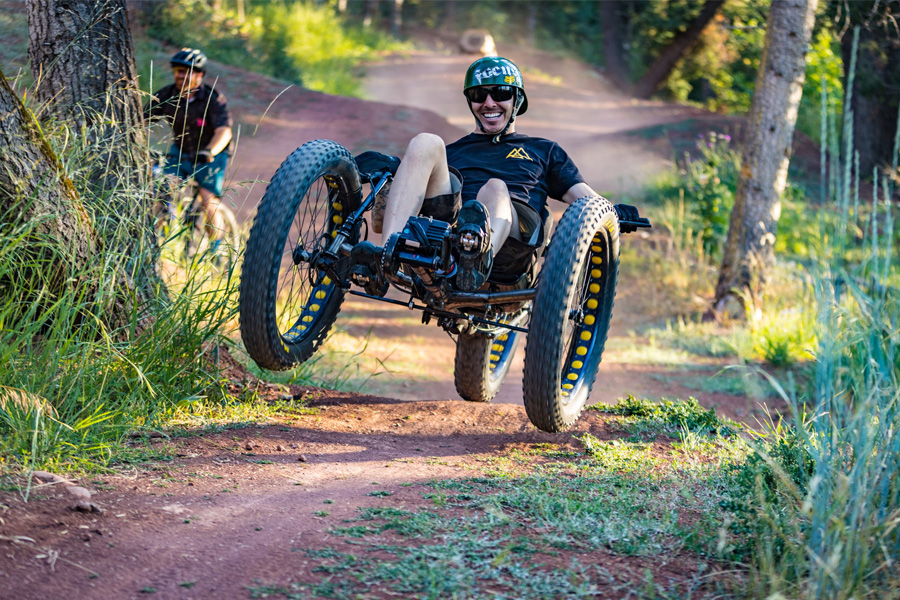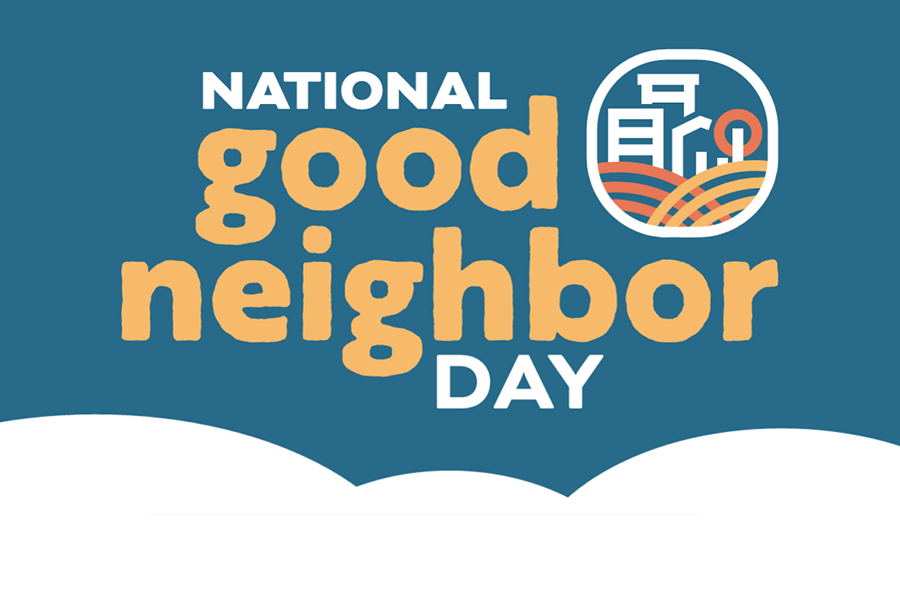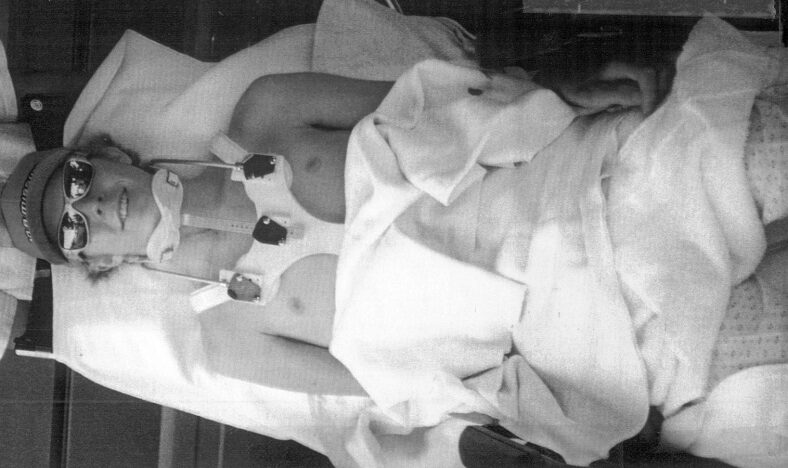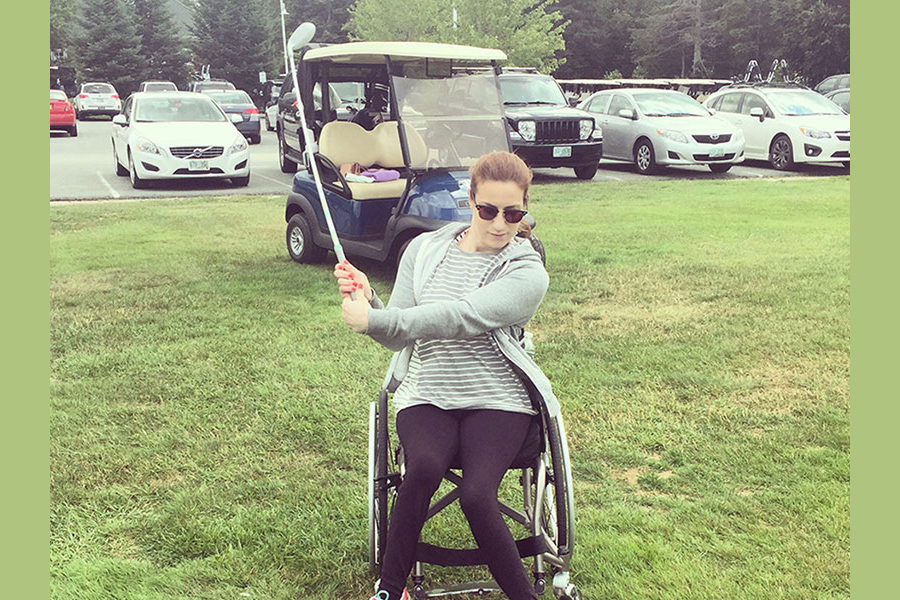U.S. Forest Service Trail Accessibility Guidelines (FSTAG)
Over the summer my family and I cycled across the United States, 2,448 miles along America’s main street, Route 66— Raising awareness and funds for disability. While enroute, we also discovered many accessible trails for our leisure. I was pleasantly surprised at how easily they were accessed by either my three-wheeled tricycle, wheelchair or even, my daughters little push scooter.
The U.S. Forest Service Trail Accessibility Guidelines (FSTAG) are designed to ensure that trails are as accessible as possible for people with disabilities. They were developed with the goal of accessibility and the need to preserve the natural habitat of trails and protect the environment.
Is there a trail you have discovered that would benefit from the accessibility guideline? If so, check out below to see if it complies:
- Application of Guidelines
-
- New or altered trails managed by the Forest Service that are open to the public.
- Pedestrian hiking trails. Trails for horseback riding, mountain biking, or motorized use may be exempt unless pedestrian use is also significant.
- Accessibility Standards
-
- The surface should be firm and stable.
- Minimum width of 36 inches, with exceptions for environmental or physical constraints.
- Trail slope should be as gentle as possible.
- Conditions for Exceptions
- Cause harm to cultural or natural resources.
- Alter the fundamental nature of the experience for trail users.
- Be impractical due to the terrain.
- Pose a threat to the safety of the users.
- Trail Features
-
- Maximum height for obstacles on the trail should not exceed specified limits to prevent hazards.
- Bridges, boardwalks, and other crossings should meet minimum width and surface requirements.
- Clear and consistent trail information should be provided to inform users about the accessibility features and conditions of the trail.
- Maintenance and Sustainability
-
- Maintained to continue meeting accessibility standards as much as feasible, taking into account natural wear, erosion, and other environmental impacts.
- Designed and built to minimize environmental impact, aligning with principles of sustainable trail development.
The FSTAG aims to create inclusive outdoor experiences by providing guidelines that facilitate accessibility while also preserving the environmental and experiential quality of natural trails.
Happy Trails to you all!
In Health,
Aaron Baker









 I have a trip coming up and I am having trouble envisioning how I can safely and hygienically self-catheterize in a typical men’s restroom stall.
I have a trip coming up and I am having trouble envisioning how I can safely and hygienically self-catheterize in a typical men’s restroom stall.